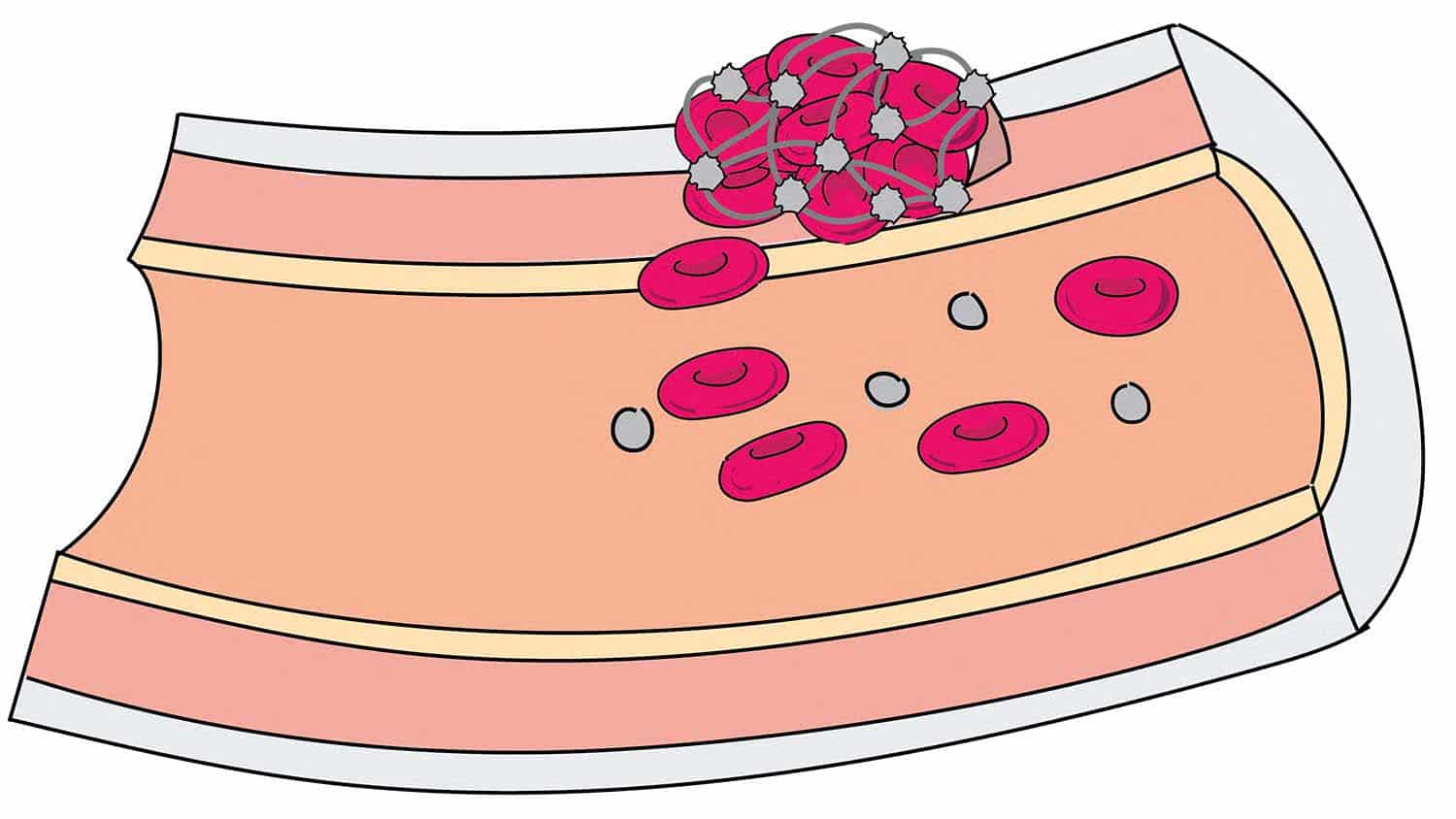Juicy: Citrus ID Tool Lends Aid to ‘Ade’
When life hands you lemon diseases, make “lemon aid.”
That’s the idea behind a new online tool to help identify hosts and potential hosts of diseases that leave a sour taste in the mouth of the multi-billion dollar citrus industry.

The first-of-its-kind tool, called Citrus ID, contains photos and physical descriptions of more than 500 varieties of citrus and relatives cultivated in the United States. Knowing what all the different citrus plants and fruits look like can help people who survey fruits for disease – including growers and state and federal agencies – identify cultivars or cultivar groups under attack from disease or pests.
That’s important, says Dr. Alexander Krings, an extension assistant professor of plant biology at NC State and one of the primary contributors to the site, because some citrus pests and diseases single out specific varieties or groups. Some citrus varieties have such slight and subtle differences, though, that it’s easy for even experts to misidentify fruits.
The flexible search tool allows users to find cultivars by their scientific or common names. You can even search for descriptions like “sour oranges” or “sweet limes.” I tried entering “sublime” into the search tool but, unfortunately, nothing popped up in response.

Krings, who also works on projects on rare and endangered plants – including teaching an upcoming fall semester class on rare plants of North Carolina – says he’s hoping to develop mobile applications to further bring plant identification into the 21st century.
“Orange” you glad Citrus ID exists? Without it, we might be drinking Tang for breakfast.
The tool was developed through a collaboration between NC State and University of California-Riverside researchers, and funded by a cooperative agreement with the U.S. Department of Agriculture’s Center for Plant Health Science and Technology.
- Categories:


